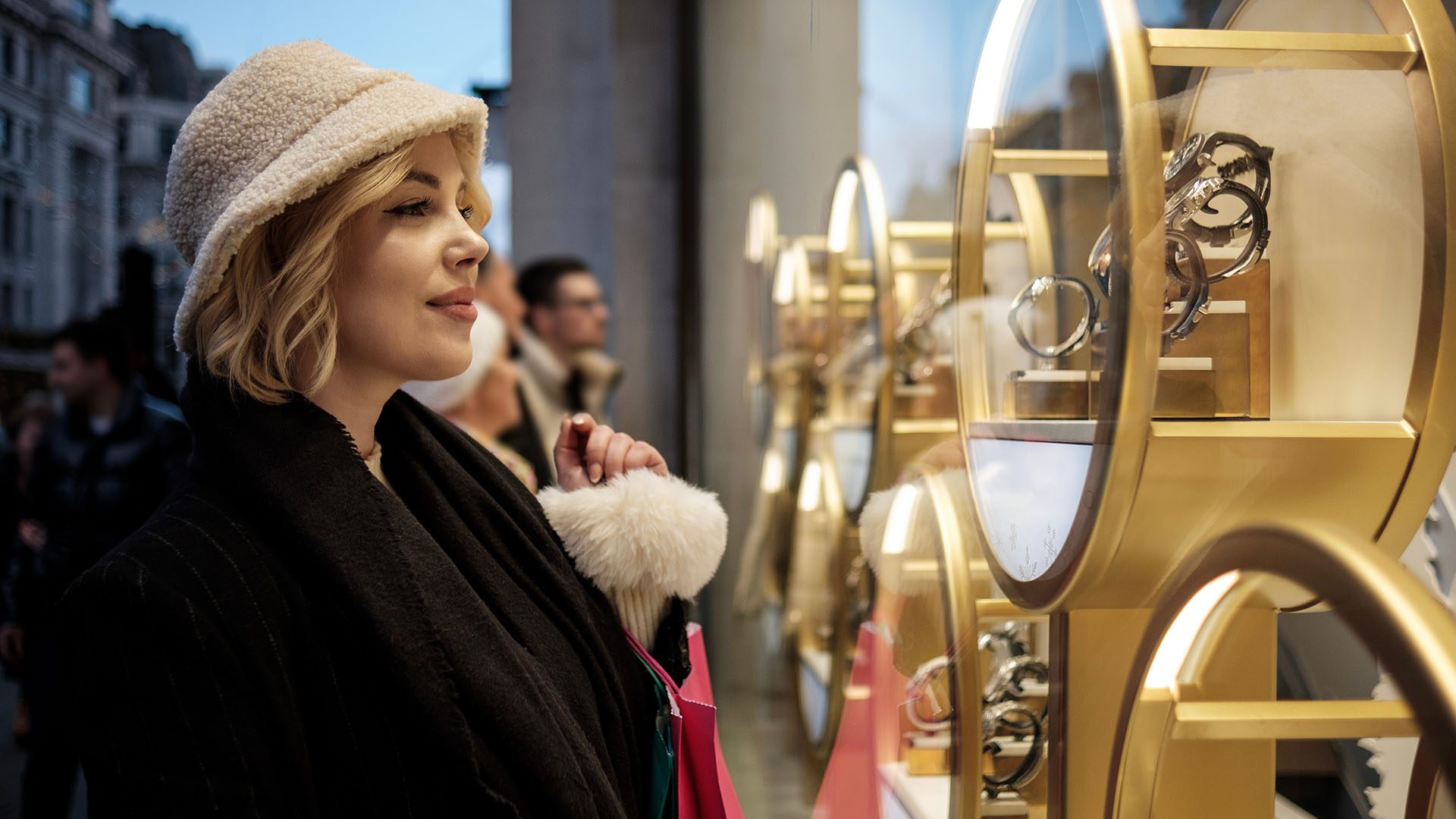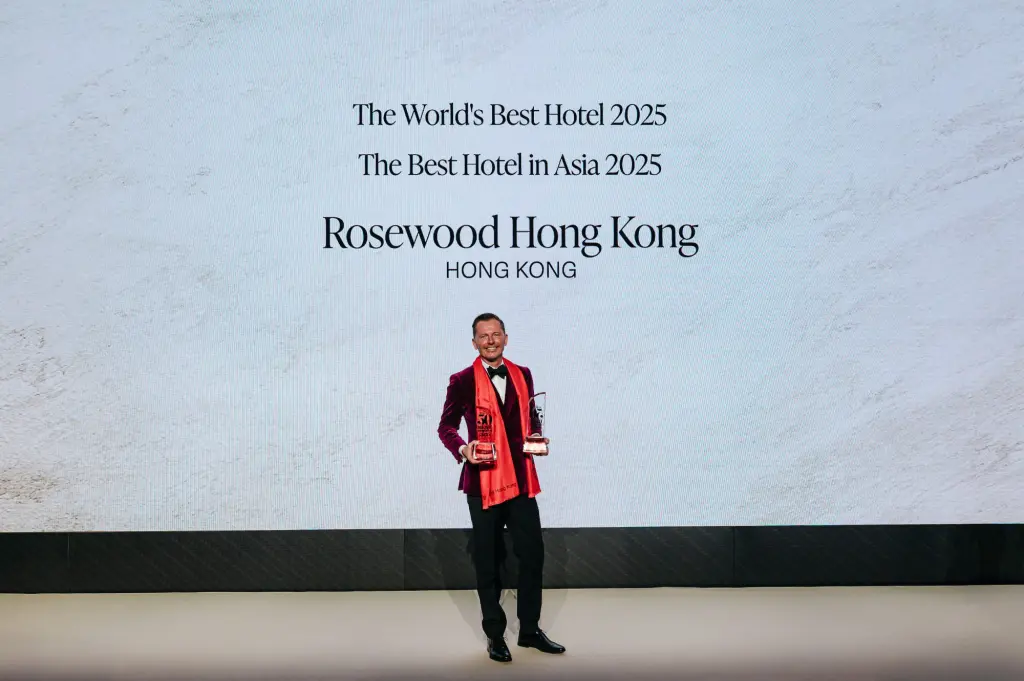Temple House in Chengdu
Now China’s fourth city – after Beijing, Shanghai and Guangzhou – Chengdu is changing rapidly. If Beijing is China’s political centre and cultural hub, Chengdu is definitely the country’s most vibrant metropolis, and with a more laid-back lifestyle to boot. In fact, Chengdu has always been reasonably prosperous, thanks to Sichuan’s prodigiously fertile countryside, hence the province’s nickname, Land of Abundance.
The epicurean Temple House is the creation of London-based architects Make, a practice founded by Ken Shuttleworth, formerly of Foster + Partners. In contrast to Chengdu’s grey blocks, its L-shaped towers are mid-rise and partly made of bricks, some perforated with random patterns that cleverly draw light inside, in an unusual smoky grey-brown.
Temple House is the third in The House Collective (the first being The Opposite House in Beijing and the second was The Upper House in Hong Kong) and is uniquely imagined to reflect its location. Named after the nearby Daci Temple, The Temple House also honours the historic buildings of Chengdu with Bitieshi, a remarkable restored Qing dynasty courtyard that inspired elements of their third hotel’s contemporary design.
Built more than a hundred years ago during the Qing dynasty, Bitieshi follows the classic layout of a siheyuan or Chinese quadrangle used for a host of residences from modest family homes to imperial palaces. Bitieshi comprises a courtyard surrounded by four buildings, now sensitively restored by artisans. Its traditional brickwork, wood carvings, timber ceilings and floors, step stones, overhanging roofs and flying eaves have been preserved and enhanced.
Courtyard Suite
Deluxe Residence
Teahouse
Tivano Italian Restaurant
MI XUN Spa Courtyard
Indoor Pool
But far more dramatic is the building’s extraordinary meshing of ancient and contemporary architecture. Can there be any other hotel entered via an ornate 100-year-old building leading into a high-walled courtyard with carved wooden walls and minimalist, rectangular reed beds? Beyond this is the lobby. From here, you step outdoors into an area partly landscaped with glass-topped, grassy hillocks that bring light into a subterranean level containing a swimming pool, gym and, surprisingly, an Italian restaurant called Tivano. The owners reason that Italian food is appropriate since Marco Polo’s introduction of Chinese noodles to his homeland led to the invention of pasta.
Like the hotel’s Temple Café and nearby Jing bar, the restaurant was designed by another company, Avroko, and all three ramp up the glamour with mid-century, luxe interiors and furniture, typified by caramel leather banquettes, Fifties-style counters and bars and cosy, brass lighting. By contrast, the bedrooms are airy, clean-lined, pared-down. Armchairs in dark wood are upholstered in oyster-pale, crunchy linen, which immediately reminded me of Christian Liaigre, the French interior designer enamoured of Far Eastern interiors. A latticework wooden screen with echoes of the walls in the entrance courtyard is all that separates the bed from the bathroom. But then this subtle peekaboo approach of layering, of teasingly semi-transparent surfaces – in tandem with the idiosyncratic but harmonious dovetailing of old and new – is a big part of The Temple House’s appeal. It doesn’t assault you with a brash wow factor but lets subtle ideas percolate gradually. In relatively unrushed Chengdu, this seems all the more appropriate.
The Temple House was voted the Best City Hotel in Asia by Travel+Leisure readers in 2018







